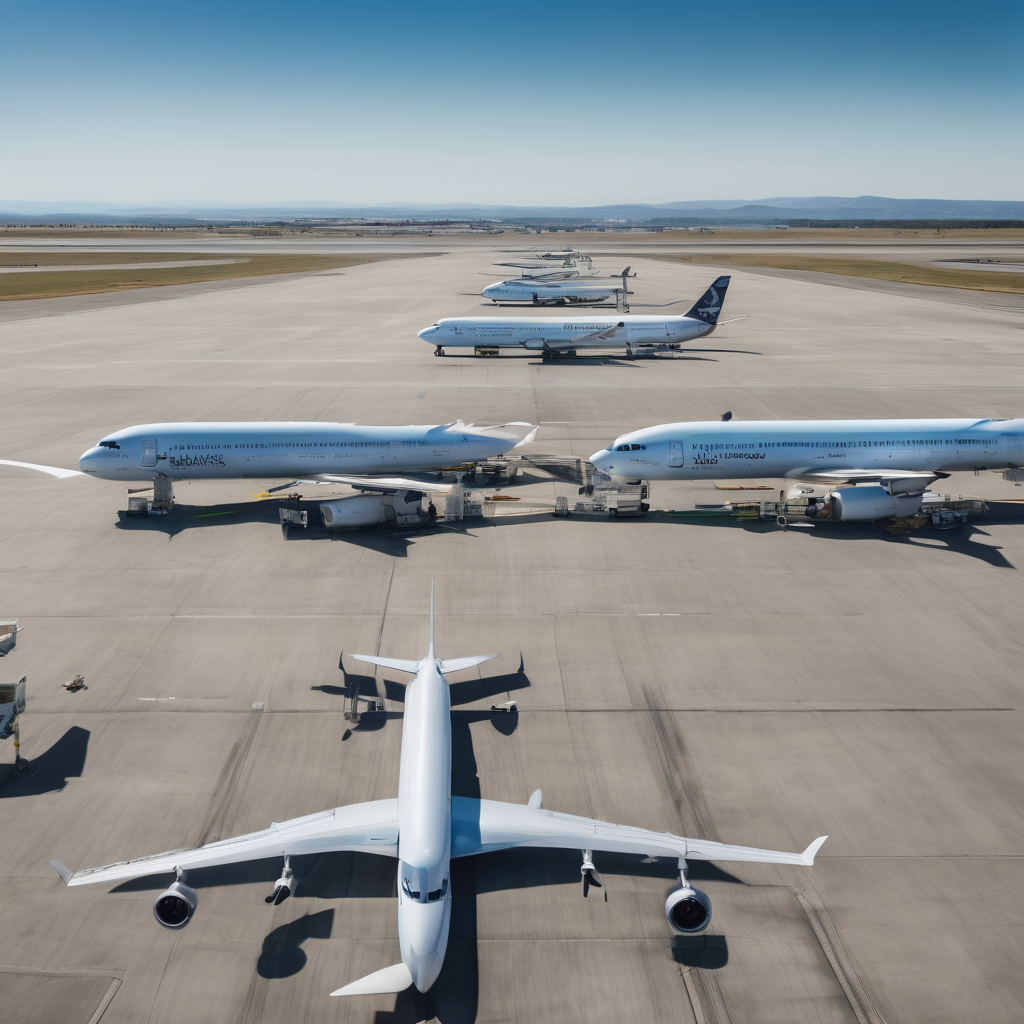Air travel disruptions intensified on Monday as over 4,300 flights were delayed throughout the United States, adding to the troubles faced by travelers following an astounding 8,800 delays reported on Sunday. The turmoil was exacerbated by a significant number of air traffic controller absences, which have surged as the federal government shutdown enters its 27th day.
According to the Federal Aviation Administration (FAA), staffing shortages, particularly affecting flights in the Southeastern U.S. and at Newark Airport in New Jersey, were at the heart of the issue. The FAA implemented a ground stop at Austin Airport in Texas and initiated a ground delay program at Dallas Fort Worth International Airport, resulting in average flight delays of 18 minutes.
Prominent airlines reported alarming delays: Southwest Airlines saw 47% of its flights delayed on Sunday with 2,089 delays; American Airlines had 36% of its flights impacted, equating to 1,277 delays; United Airlines faced a 27% delay rate (807 flights), while Delta Air Lines recorded 21% delayed flights, totaling 725.
The ongoing situation has led to about 13,000 air traffic controllers and 50,000 Transportation Security Administration officers working without pay. Notably, a U.S. Department of Transportation official indicated that a staggering 44% of the delays on Sunday were due to controller absences, a sharp increase from the typical 5%.
As frustration grows among passengers and the public, the ongoing budget impasse is under increased scrutiny. Transportation Secretary Sean Duffy was in Cleveland on Monday, engaging with controllers to address the crisis. Meanwhile, the National Air Traffic Controllers Association union has organized events at various airports to highlight the impact of missed paychecks on air travel operations.
Historically, staffing issues within the FAA have persisted for over a decade, with the agency finding itself approximately 3,500 controllers short of optimal staffing levels. Many controllers were already working mandatory overtime and six-day weeks prior to the shutdown. Drawing comparisons to the 35-day government shutdown in 2019, authorities had previously slowed the air traffic flow in major cities like New York and Washington D.C. due to similar staffing shortages.
Despite these challenges, there is hope that the ongoing negotiations between lawmakers may soon lead to a resolution. Should discussions progress positively, it could restore normal operational standards for air travel, alleviating the pressure on both air traffic controllers and the flying public. The resilience demonstrated by aviation professionals during these turbulent times underscores their commitment to ensuring safety and efficiency in air travel, and many are optimistic that stability will soon be restored in the skies.
